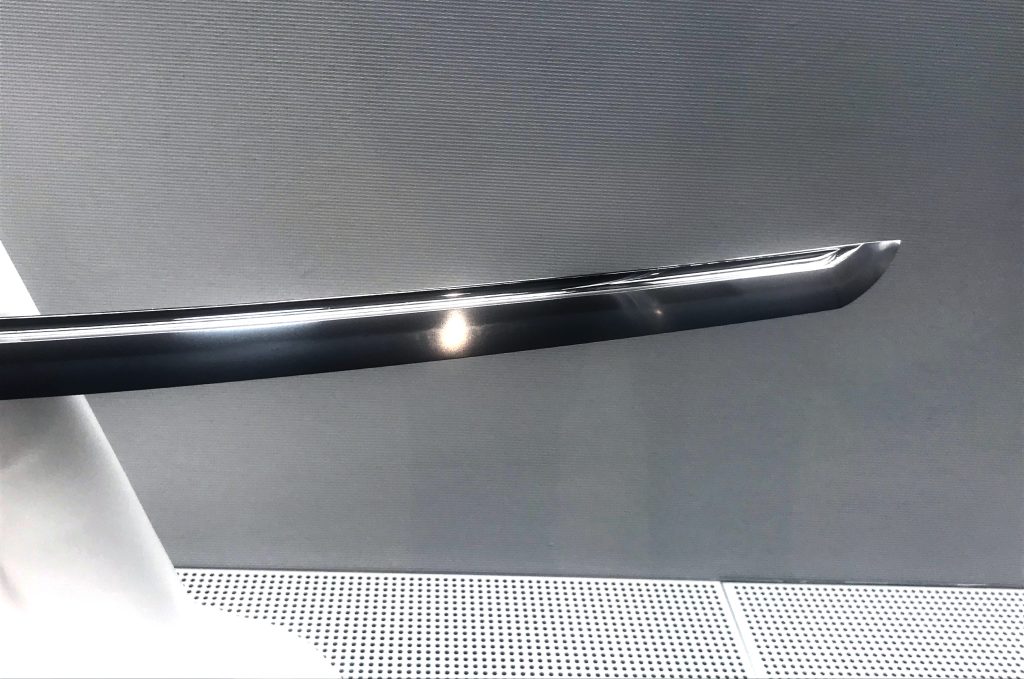Copyright GK Dynamics Inc., All Rights Reserved.

Copyright GK Dynamics Inc., All Rights Reserved.



Since a long time ago, Japanese swords have been admired as objects of appreciation and worshiping as well as tools for practical use. With the passage of time, more importance came to be placed on their roles as symbolic objects.
The sword production method has been refined in the course of history and handed down to the current generation. It consists of many steps, but especially well known among them is the phase of metal forging, where a blacksmith uses a hammer to temper bare metal. In addition, the ensuing step of sword sharpening also appears very interesting.
From its early days, the sword production process was divided into different phases with each of them carried out by its specialists. In the Kamakura era (1185-1333), sword polishing was established as a specialist job. Sword polishers were supposed to have an insight into the true nature of swords and make as much effort as possible to polish them to enhance their appeal. Far from serving as mere producers, sword polishers assumed leading roles in increasing the aesthetic value of swords.
As far as we believe the beauty of Japanese swords lies in the practical use of them, sword polishers need not go that far in polishing and sharpening the swords. However, people tend to feel there is enormous value in their devotion to polishing. Sword polishing can be seen as an effort to transcend such contradiction. As one sword polisher said, “Sword polishing is an act of making people feel confident about its sharpness.” These words indicate the importance of building relationships between humans and tools from the psychological perspective.
The same argument goes for the work of modern design despite the difference of objects sword polishers and designers work on.
Hajime Kikuchi
CMFG Design Dept.
Unit Leader